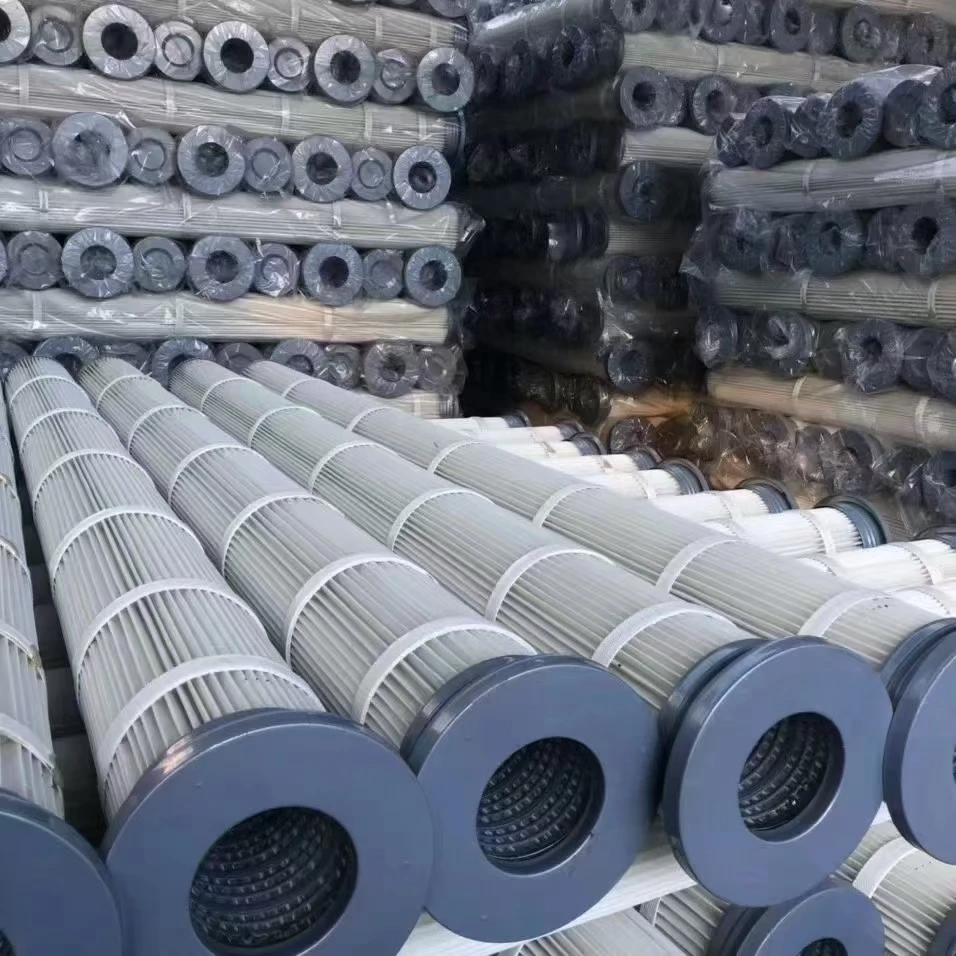 Tel:
+8615930870079
Tel:
+8615930870079
Jan . 01, 2025 22:01 Back to list
dust collector air filter cartridge
Understanding Dust Collector Air Filter Cartridges A Comprehensive Guide
In industrial environments, maintaining air quality is crucial not only for the health and safety of employees but also for the efficiency of machinery and the overall operation of processes. One of the essential components of dust collection systems is the air filter cartridge. This article delves into the significance of dust collector air filter cartridges, how they function, their types, and the best practices for maintenance to ensure optimal performance.
What is a Dust Collector Air Filter Cartridge?
A dust collector air filter cartridge is a cylindrical component designed to trap airborne particulate matter, such as dust, dirt, and other contaminants, in industrial settings. These cartridges are crafted from porous materials that allow air to flow through while filtering out harmful particles, thus delivering cleaner air back into the environment. They play a pivotal role in enhancing air quality, complying with regulations, and protecting equipment from dust-related damage.
How Do Dust Collector Air Filter Cartridges Work?
The functionality of air filter cartridges is based on several filtration principles, primarily
1. Surface Filtration Larger particles are captured on the surface of the filter media. 2. Depth Filtration Smaller particles penetrate deeper into the filter media for effective trapping. 3. Electrostatic Attraction Many filter materials are treated to acquire a charge that attracts and captures dust and particulate matter.
As air is drawn through the cartridge, dust particles adhere to the media while clean air flows through. Over time, however, the filter media can become clogged with particulates, reducing airflow and efficiency.
Types of Dust Collector Air Filter Cartridges
There are various types of dust collector air filter cartridges tailored to specific filtration needs. The most common include
1. Polyester Cartridges Highly versatile and resistant to moisture, polyester cartridges are commonly used across different industries due to their durability and efficiency in trapping fine particles.
2. Cellulose Cartridges These are made from plant fibers and are often utilized in applications where moisture is not a significant concern. They are cost-effective but may not perform as well in high humidity environments.
dust collector air filter cartridge

3. Spun-Bonded Cartridges Constructed from synthetic fibers that are bonded together, these cartridges offer excellent strength and filtration efficiency, making them suitable for more demanding applications.
4. HEPA Filters High-Efficiency Particulate Air (HEPA) filters capture a minimum of 99.97% of particles that are 0.3 microns in diameter. They are essential in industries that require stringent air quality standards, such as pharmaceuticals and food production.
Maintenance Best Practices for Dust Collector Air Filter Cartridges
To ensure the longevity and effectiveness of dust collector air filter cartridges, regular maintenance is required. Here are some best practices
1. Routine Inspection Periodically check cartridges for visible signs of wear and tear, such as tears or blockages. Inspect for dust accumulation, which can indicate that a cartridge needs replacement.
2. Timely Replacement Follow manufacturer guidelines for cartridge replacement intervals, but also be aware of environmental conditions that may necessitate more frequent changes.
3. Proper Cleaning In some cases, cartridges can be cleaned rather than replaced. Use compressed air or specialized cleaning equipment to remove dust buildup. However, consult the manufacturer’s recommendations to avoid damaging the cartridge.
4. Monitoring Performance Utilize pressure gauges to monitor airflow resistance, which can indicate when a filter is becoming clogged and needs maintenance.
5. Training Staff Ensure that employees responsible for dust collector maintenance are adequately trained in handling and replacing filter cartridges to promote safety and efficiency.
Conclusion
Dust collector air filter cartridges are integral to maintaining a safe and efficient work environment. By understanding their functionality, types, and maintenance requirements, businesses can enhance their air quality, protect their employees, and ensure compliance with health regulations. Investing in high-quality filter cartridges and adhering to best maintenance practices will ultimately lead to improved operational efficiency and longevity of dust collection systems.
-
Nano Fiber Technology: Revolutionizing Cartridge Dust Collector FiltersNewsAug.06,2025
-
How Activated Carbon Air Cartridges Eliminate OdorsNewsAug.06,2025
-
Dust Filter Cartridge Handling Fine Particulate MatterNewsAug.06,2025
-
Cartridge Dust Collector Filter for Welding Fume ExtractionNewsAug.06,2025
-
Activated Carbon Filter Cartridge Effectiveness Against VOCsNewsAug.06,2025
-
Activated Carbon Air Filter Cartridge Benefits ExplainedNewsAug.06,2025

 Email:
Email:





